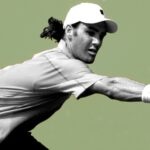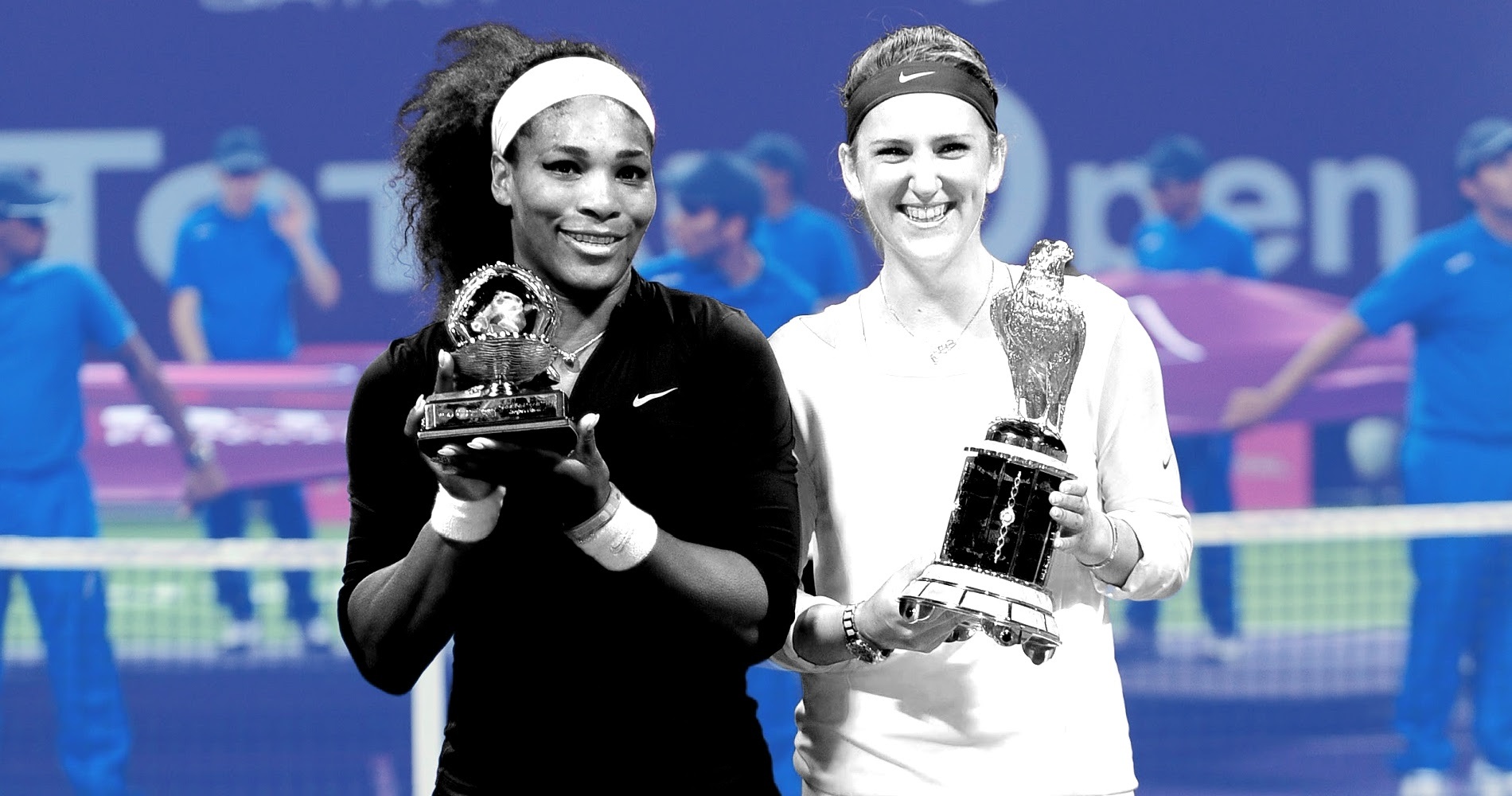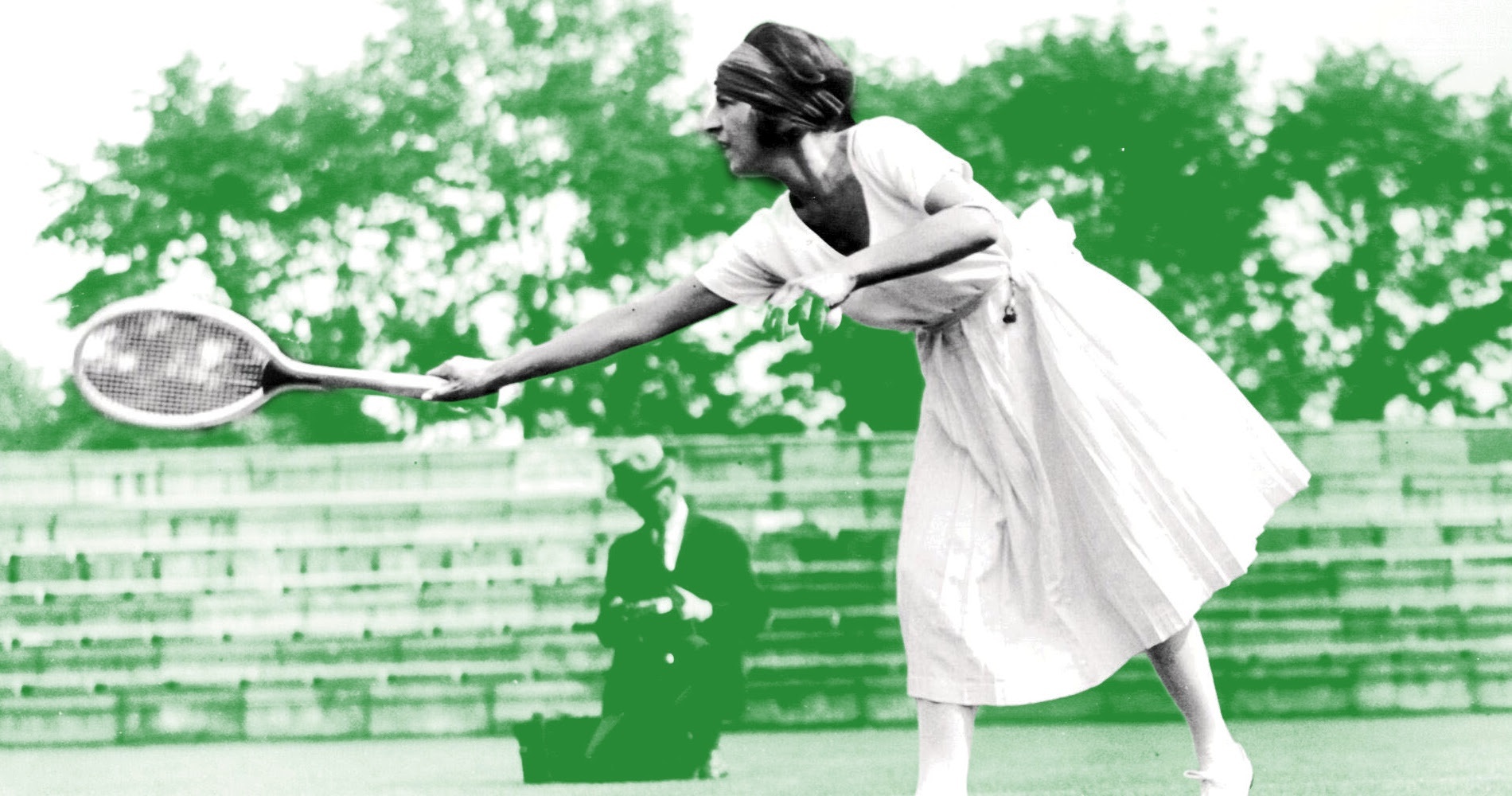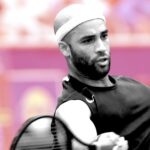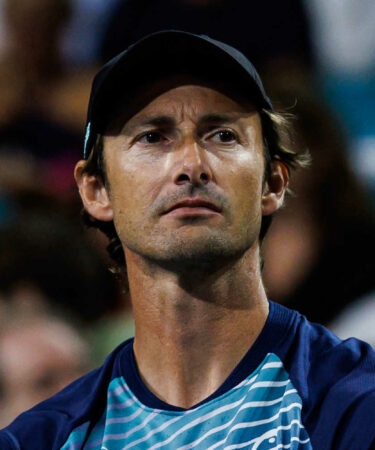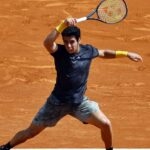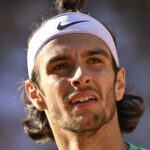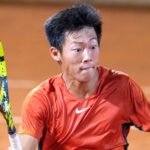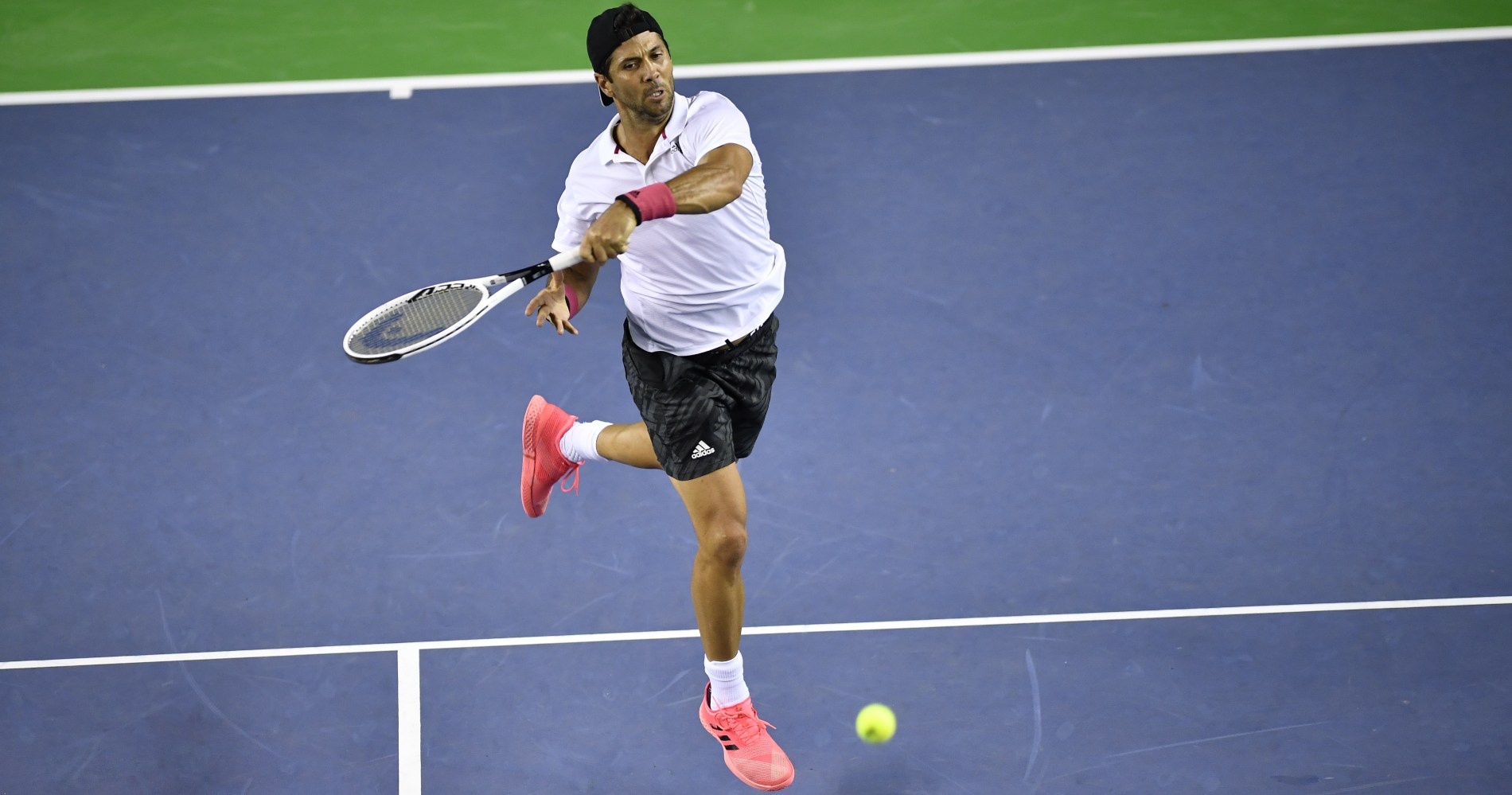February 18, 2007: The day Guillermo Canas won his first title after doping suspension
On this day, February 18, in 2007, Guillermo Canas captured his first title after returning from a 15-month suspension for failing a drugs test
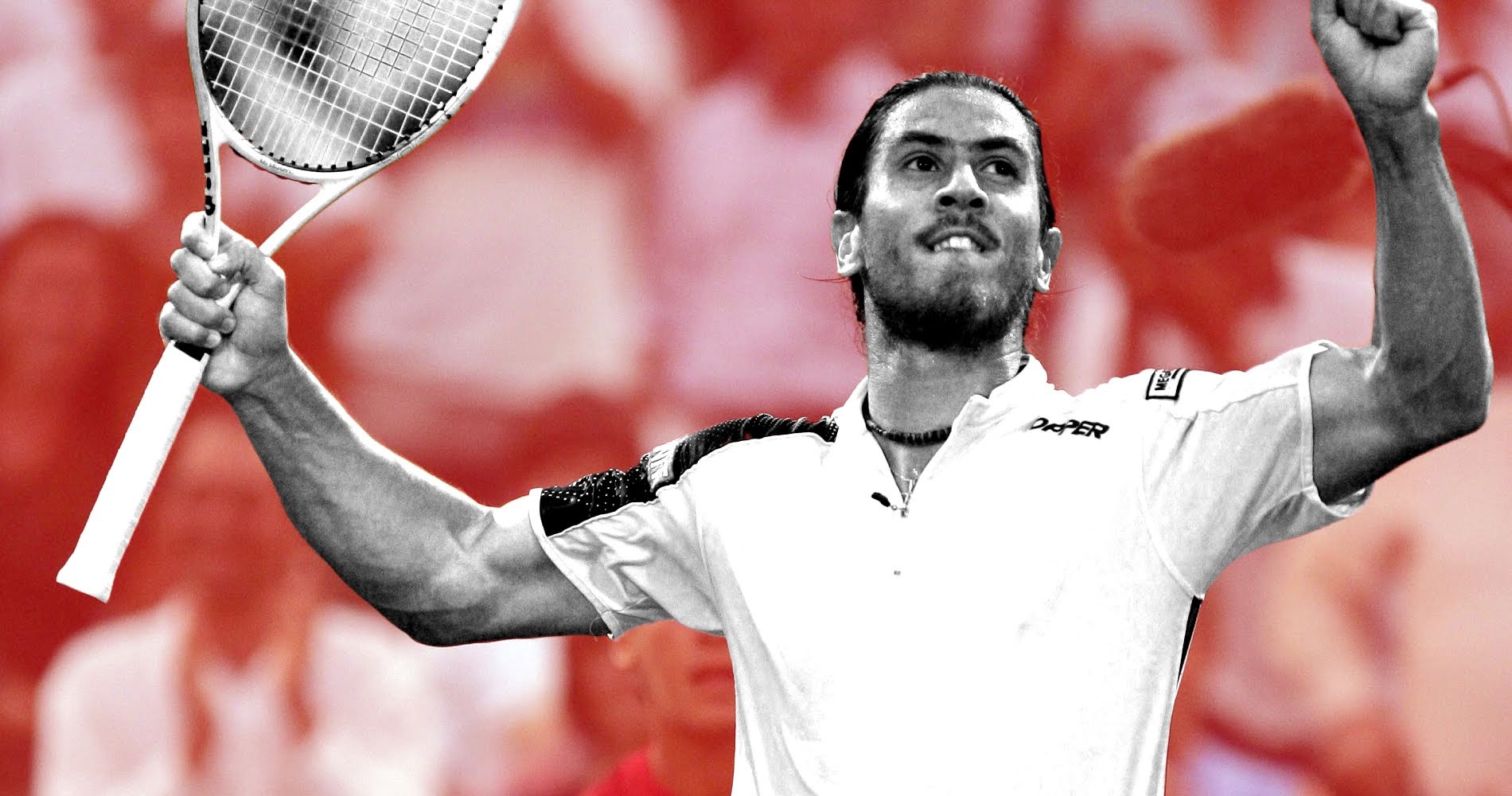 Canas OTD 02_18
Canas OTD 02_18
What happened exactly on that day
On this day, February 18, in 2007, Guillermo Canas claimed his first title after coming back from a 15-month suspension. The Argentine, who defeated former world No 1 Juan Carlos Ferrero 7-6, 6-2 in the Costa do Sauipe final, had tested positive for a diuretic in February 2005 at a tournament in Mexico.
A few weeks following his Costa do Sauipe triumph, Canas would make himself famous by defeating Roger Federer, the undisputed No 1 at the time, at back-to-back Masters 1000 events Indian Wells and Miami.
The players: Guillermo Canas and Juan Carlos Ferrero
- Guillermo Canas, dogged Argentinian, back from doping ban
Guillermo Canas was born in 1977. He was first noticed by tennis experts in 1995, when he reached the quarter-finals of the boys’ event at Wimbledon. His game relied mostly on extraordinary defensive skills.
After breaking into the top 100 in 1998, Canas claimed his first title on clay in 2001 at the Casablanca event, defeating Tommy Robredo 7-5, 6-2 in the final. He obtained his best Grand Slam result at Roland-Garros, where he reached the quarter-finals in 2002 (lost in five sets to eventual champion Albert Costa, 7-5, 3-6, 6-7, 6-4, 6-0).
A few months later it was on hard courts that Canas won the most important title of his career, defeating Andy Roddick 6-4, 7-5 in the final of the Toronto Masters. Canas reached his career-high ranking in 2005 at world No 8, but soon after he was banned for 15 months for testing positive for a diuretic in Mexico. Back on the tour at the end of 2006, he won five Challenger tournaments. In February of 2007, Canas was world No 107.

- Juan Carlos Ferrero, “The Mosquito”, RG champion, former world No 1
Born in 1980, Juan Carlos Ferrero — “The Mosquito” — enjoyed his peak years between 2000 and 2003. In those days, he was considered to be one of the very best clay-court players in the world. He compiled a 111-25 match record on red dirt, winning three of his four ATP World Tour Masters 1000 trophies on that surface. He also went 23-2 at Roland-Garros, where he finished runner-up in 2002 and captured the 2003 crown against Martin Verkerk (6-1, 6-3, 6-2).
In September, 2003 the Spaniard even became world No 1 after reaching the final at the US Open, where he was defeated by Roddick 6-3, 7-6, 6-3. The American took the world No 1 spot from him eight weeks later.
Ferrero had started well in 2004, only beaten by Federer in the semi-finals of the Australian Open (6-4, 6-1, 6-4), before chickenpox, followed by a wrist injury, sabotaged his season. He left the top 10 in September and never made his way back into it. In the years to come, he would stay in the top 30 — only performing sporadically at the very best level, far away from his glorious years. In February of 2007, Ferrero was world No 27.

The place: The Brazil Open, Costa do Suipe
The Brazil Tennis Open was established in 1974. Despite a few interruptions, the tournament was held almost every year since then. On various occasions it changed times, dates, locations, and surfaces; it was played on carpet, hard courts, and clay. The Brazil Open had settled in Costa do Sauipe in 2001 and – after the three first editions were held on hard courts – the tournament board decided to switch to clay in 2004. Among its recent former champions going into the 2007 instalment were players like Gustavo Kuerten (2002, 2004) and Rafael Nadal (2005).
The facts: Canas wins in straight sets
In February of 2007, Canas was outside of the top 100 due to the 15-month doping ban. However, his recent Davis Cup appearance in a tie against Austria — during which he defeated world No 30 Jurgen Melzer 7-6, 6-2, 6-4) — warned his future opponents that he was worth more than his current ranking. In Costa do Sauipe, he only avoided having to qualify thanks to a wildcard. In the main draw, Canas made his way into the final without dropping a set, not even against second-seeded Agustin Calleri in the quarter-finals (7-6, 6-1).
In the final he faced Ferrero, a former world No 1 and Roland-Garros champion who was now world No 27 and hadn’t claimed an ATP title since October of 2003 (although he had finished runner-up four times).
Canas needed two hours and five minutes to beat the Spaniard 7-6, 6-2 in a tough baseline battle in which Ferrero declined physically and mentally after the loss of the first set.
This week has been a happy week for me to have won the first ATP title on my return from a 15-month suspension.”
Guillermo Canas
Canas’ most recent triumph on the ATP Tour prior to 2007 was in Shanghai three years earlier. As for his victory in Brazil, it propelled him to No 63 in the world rankings.
What next: Canas beats Federer twice; Ferrero fades
A few weeks later, Canas would find himself in the spotlight again. Not only would he defeat world No 1 Federer in Indian Wells (7-5, 6-2), but he would also beat him a second time in Miami (7-6, 2-6, 7-6). At the latter Masters 1000 event he eliminated two other top 10 players (Tommy Robredo and Ivan Ljubicic) before finishing runner-up to Novak Djokovic (6-3, 6-2, 6-4). Later in the spring, Canas would reach the Roland-Garros quarter-finals for the second and last time (defeated by Nikolay Davydenko 7-5, 6-4, 6-4). He would retire in 2010.
After a final effort to climb back to the top that maxed out at a No 37 ranking in July of 2012, Ferrero would retire from professional tennis in October of that year.
